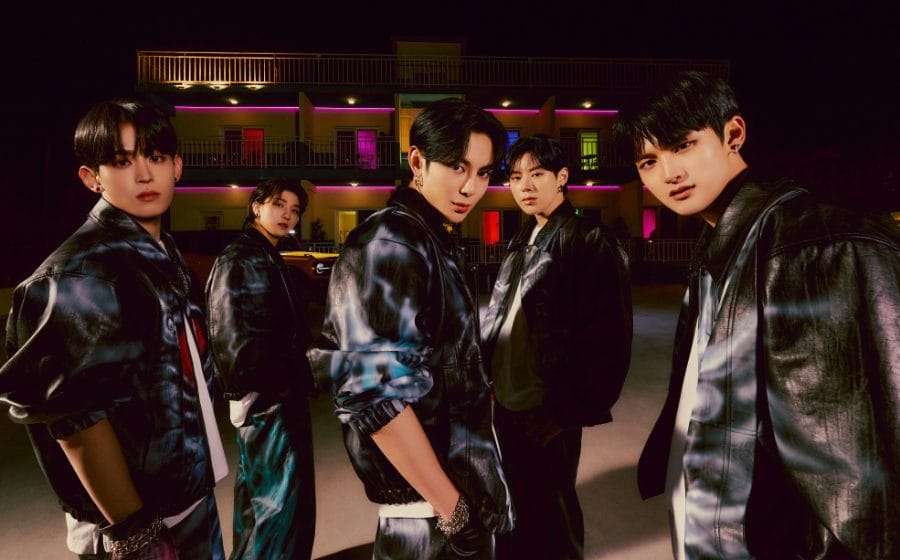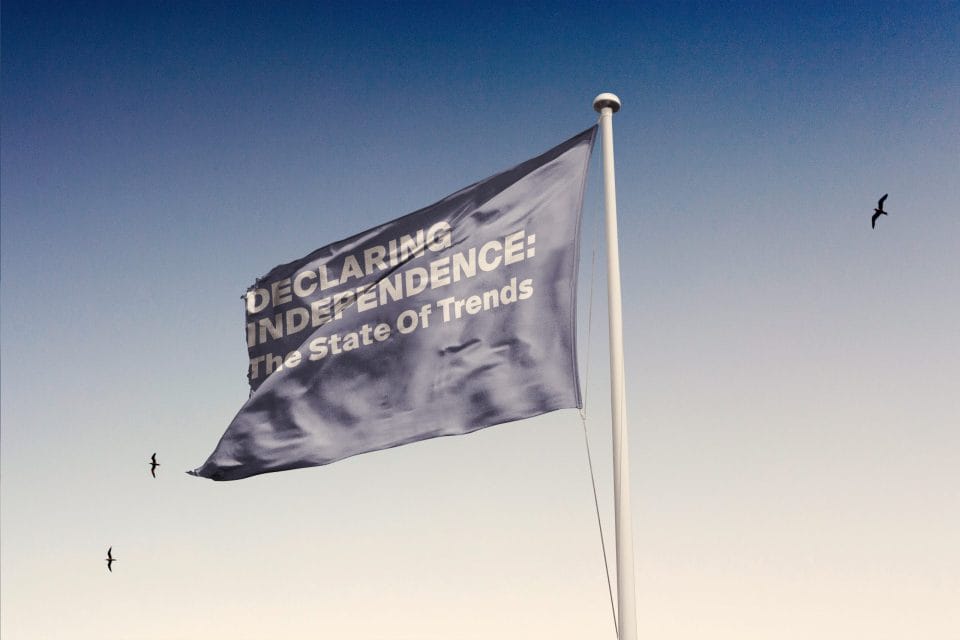 Are trends in fashion still relevant today? As fashion gravitates towards individualism, trends have evolved into a language we may not completely understand yet. In this special report, we speculate on the things that have changed, and the things that should change.
Are trends in fashion still relevant today? As fashion gravitates towards individualism, trends have evolved into a language we may not completely understand yet. In this special report, we speculate on the things that have changed, and the things that should change.
What does it mean to have a trend?
Demna, perhaps more than any other designer working today, is nailing the art of communicating fashion as social commentary without ever using a single word. Forhis Balenciaga Fall/Winter ’22 show, the Georgian designer distributed cracked iPhones in replacement of the traditional paper invitation, described as a “genuine artefact from the year 2022”, while the show spoke of an apocalyptic near-future; models were sent brazing a near-real nuclear winter scenario adorning clothes made as though assembled by scraps.
Yet, it is no gimmick — the Balenciaga show, which took place in Paris on 6 March 2022, coincided with the invasion of Ukraine by Putin-led Russian arm forces — an event that sent Europe into immediate catastrophe. With this knowledge, one has to ask:How does one report on its trends then? In fact, are we able to collate any pertinent trends from the show at all? And above all, what does it mean to have a trend?
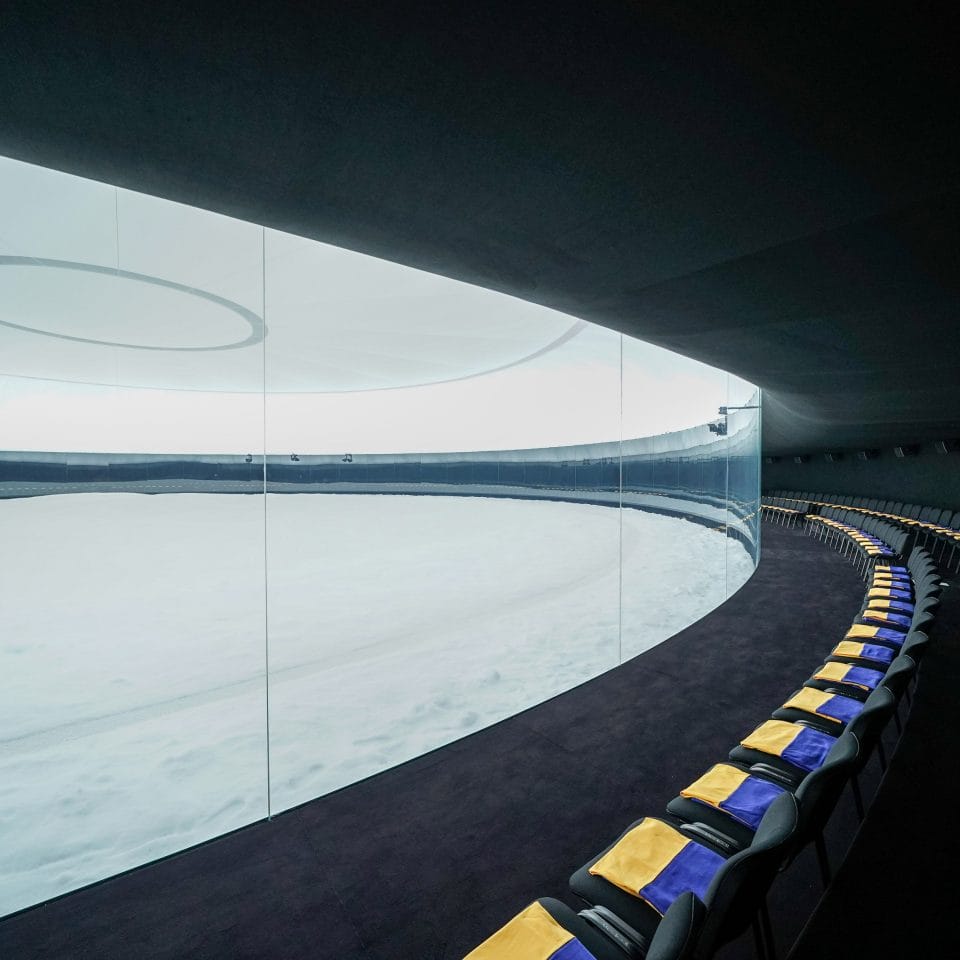
Balenciaga Fall/Winter 2022 show space
Style trends, as we have defined them for a century, area great lung of our society through which our decisions flow as blood and emerge re oxygenated. They are subject to regulations and are governed by several laws and protocols that help us distinguish between what is in vogue, and what might be a fad. The collecting institution with its colossal findings is a mirror through which we use to contemplate, consume, and eventually replicate our compulsive needs with fashion.
The four pillars that have traditionally formed — the research teams that forecast, the designers that are influenced by that data, the fashion editors that compile and publish post-mortem buying opinions, and the consumers who consume — remain an adequate model for its infrastructure.
But maybe it is time to re-envision trends in fashion. In the November 2021 issues of Men’s Folio, we speculated on menswear’s path towards total democracy, in which designers have shown a tendency to favour the irindividualism rather than to adhere to specific, season-widetrends. As the industry remains in an extraordinary state of flux following a seismic, regenerative period of change, designers like Demna have continued to showcase ways inwhich fashion can be democratised.
The menswear Fall/Winter 2022 shows, unlike any other, provided us a glimpse into this new horizon as it held the spectacle just as we were used to; At Loewe, Jonathan Anderson persists in finding familiarity with the surreal while Glenn Martens performs the total opposite at Y/Project and focuses on dysfunction, or it was Kim Jones who have swayed menswear into the realms of haute couture at Dior Men.
To be both a part of the culture and pop culture remains a concise way to showcase creative innovation today.
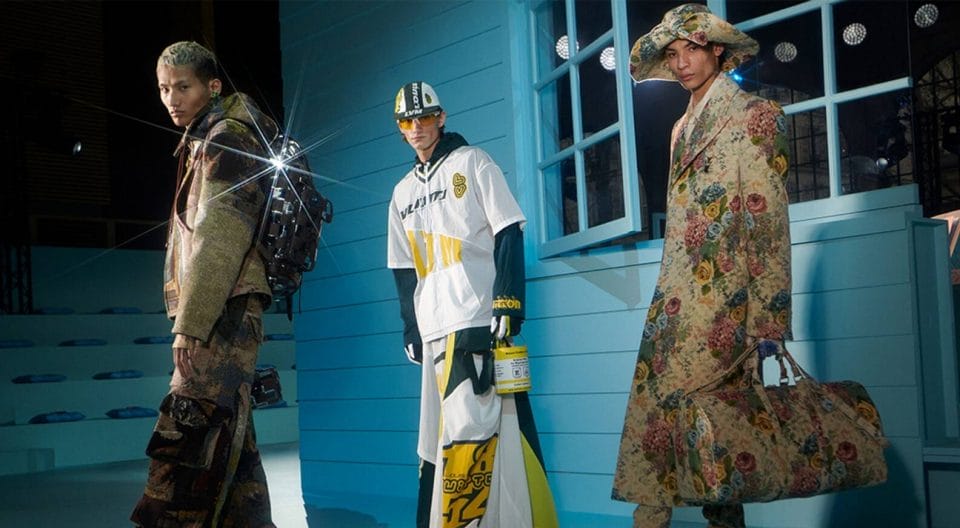
Louis Vuitton Fall/Winter 2022
With this change in effect, what is the fashion media’s role in this? In an interview with Matches Fashion, Jonathan Anderson nods to the decline in trend pursuit, where he also connects the decline of trends to the development of social media. “Menswear has gone through a very interesting change”, Anderson notes. “Since I started 10 years ago, men have become more open to the idea of themselves.
“The birth of social media changed the way men started to buy clothing because they took more risks. It’s about identity, we live in a moment that is not about trends. It’s more about what is right for you.” — Jonathan Anderson
Before we are able to look forward, it is only right to look backward and see what came before. Previously, only a few — such as magazine editors, buyers, celebrities, etc.— had the power to create trends and they kept it largely distinct from the subcultural stuff below. Fashion publications — where trends are gathered as precise putdowns from the runways through light and banal topics designed to simplify collections into something buyable — have started competing with culturally attuned and very online audiences who have developed their eco-system.
Google’s trendsetting lead Yarden Horwitz states,“we live In a world where fashion seasons have multiplied, blurring into an almost constant stream of newness, and anInstagram post can make a look go viral overnight, it’s nearly impossible to know exactly what’s in and what’s out based on intuition alone.
If fashion media today fear losing their voice, perhaps it is a reflection of our age of expansion with what some might call “an era of individualism.” Could this flurry of web-influenced consumer changes threaten fashion’s divine network? With platforms such as Tiktok, which connects users to self-produced content and away from conglomerate opinions, taking the old cultural solution out of the mixing bowl and transferring it to a blender — a new online system might be governing our sense of individuality.
But how did we get here? Could it be because they lack gatekeepers and elitism with more subculture trends becoming mainstream and appreciated? Or the fact that trends are moving faster and at speeds faster than the traditional framework, and therefore what could be into day, will almost immediately be a fad tomorrow?
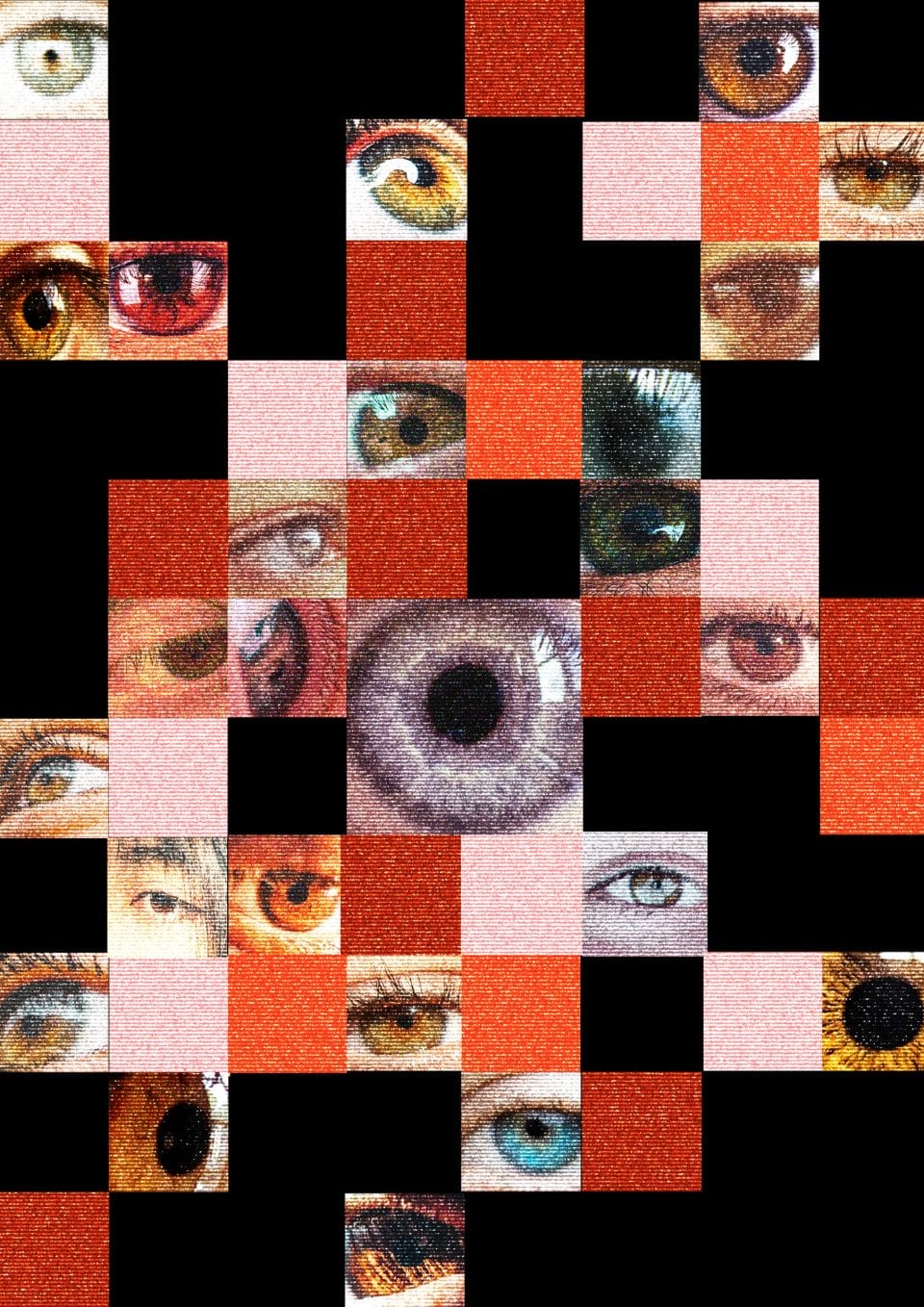
Artwork: Lance Aeron
As the internet has allowed individuals to represent themselves online, a bigger question emerges: what of the caveats that come with online liberation for magazines? Some might suspect its lack of critical investigations has led it to become superficial. “They would try to piece things together that are not there,” says Allysha Nila, a freelance fashion stylist and writer.
“With magazines, I think they struggle in trying to convince something or to make something seem new even when it is not. If there’s nothing new, that’s fine; just report on what’s there. Like, for instance, yes, pink is a big trend this season, and that’s accurate but it needs to go deeper by asking: why is pink a trend now?
“It’s also influenced by the way that we receive information,” Nila adds further. “Everything is very fragmented; you go onInstagram and you hop on one thing to another, it’s like you go into a deep dive and you get the most random of things. I think that is really reflected in the way that they put on clothes. Everything is very decentralised, whereas everything before was centralised.
“Before we can contemplate the relevance of trends in fashion, it’s important to understand why they govern so much of the industry in the first place,” argues Yap Weiqi, a fashion researcher. As she suspects, trends were traditionally a way for brands and designers to churn out new products at unprecedented rates.
Companies like WGSN produce data for companies such as In ditex, forecasting future trend predictions to ensure maximum profits. “This cycle has always been driven by economic growth, which is why it used to follow predictable boundaries of time and space — every season, collections were set, styles were anticipated, and consumers were more passive recipients of what came down the runway,”explains Yap.
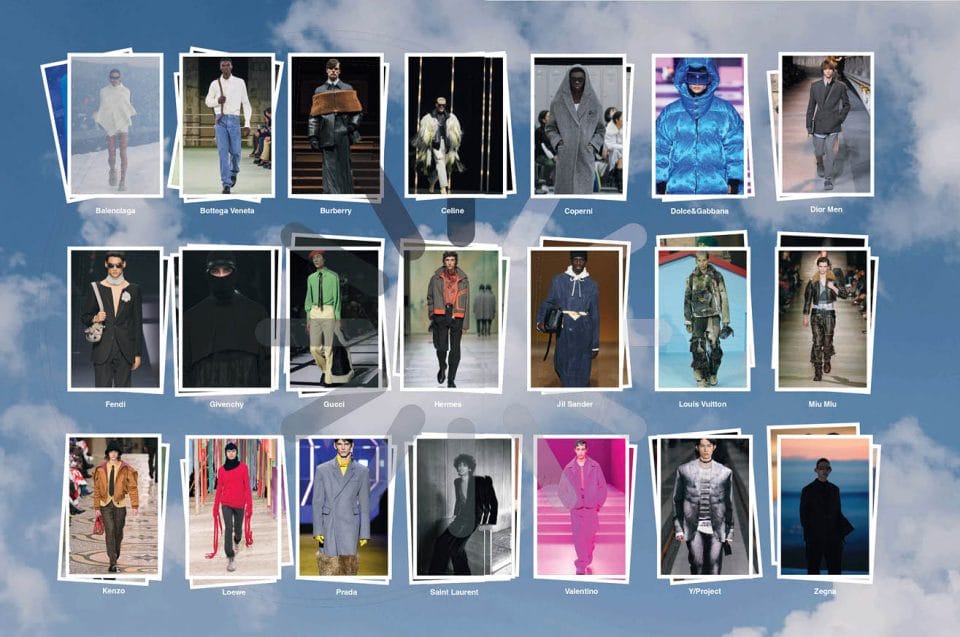
Artwork: Izwan Abdullah
“With the advent of the internet, this has indeed changed— fashion doesn’t just ‘trickle down’ anymore, and is now multidirectional,” reiterates Yap. “Social media has massively democratised our access to fashion content but has also accelerated the circulation and consumption of what is considered fashionable. Fashion media’s fixation on trends is a sign of the industry’s stagnant and narrow view of what fashion can be. Fashion is more than consumption, and is found in so many other pockets of culture. When it comes to understanding culture through fashion, I think the most interesting trends are happening off the runway and in everyday life. What people wear every day can tell us much more about what we’re collectively concerned with than what big luxury brands are showing on the runway. For example, what we all wore at the height of the pandemic told us a lot about what we prioritised in times of crisis — which was comfort and utility. For fashion journalism to grow past trend reportage, I think fashion media needs to acknowledge that it no longer holds the same ability to dictate what people wear.”
Horwitz also implores on this data-driven concept in the digital age. She acknowledges that “consumer often leaves a valuable trail of data behind them that can help us predict where they are heading before they get there. Taken together, these billions of data points can help fashion brands better predict new trends in a way that can make or break a business.”
One does not just look at fashion, one stares — at the luscious drapes at Dior Men, the detailed assembly at Gucci, and the impeccable definition of modern masculinity at Fendi.We stare at what we do not understand, and the figures in each collection provide a refreshing output of what fashion could be. That is the perhaps why trends are formed; to expand on their impact for months to come while the clothes are out in stores, or for others, a way to recreate them with the things one already has in their wardrobe.
For magazines, gathering this research is a hallmark event in the traditional March andSeptember issues, which highlights the start of a new season.But as trends trickle down from the runways, they provide more than just observations of the grandeur.
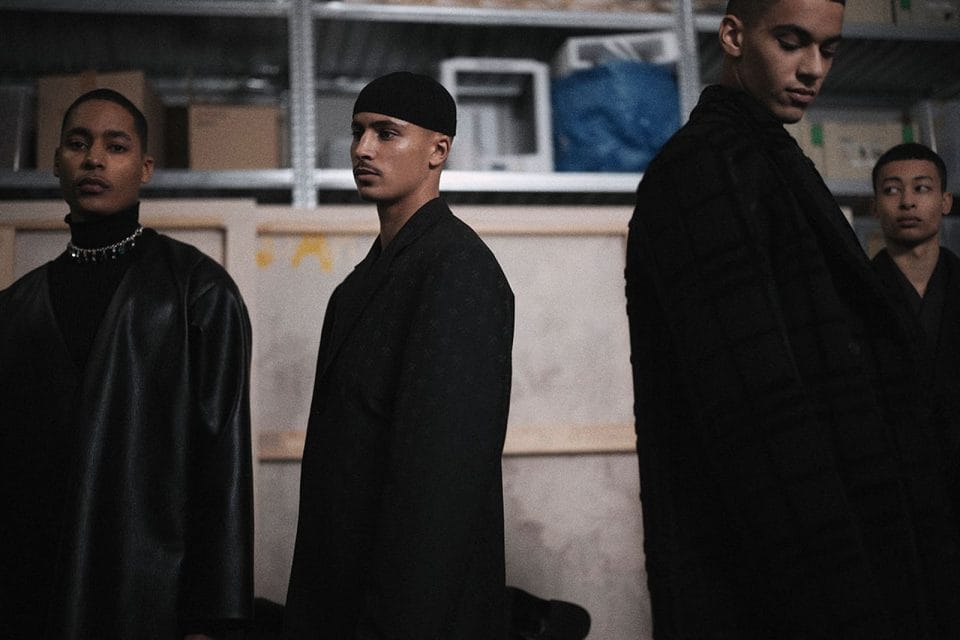
GmbH Fall/Winter 2022 backstage
How then, should fashion media approach the ‘art’ of trend observation? Today, trends appear almost instantly; withTikTok’s astounding global reach of a billion users, new trends are bound to pop-up each week. But it is also the change in generational habits that have made things no longer linear.
Younger consumers of fashion have distilled the lines between subculture and high fashion, which can be observed in a majority of the collections presented in the recent Fall/Winter’22 menswear shows; where Saint Laurent displayed ‘NewRomantics’ with a twist of ‘Punk’ and ‘Goth’, while Loewe’s gender-blending running theme utilised ‘Grunge’, ‘Minimalism’ and ‘Dadaism ‘in a single collection.
This idea of ‘luxury’ genre-mashing is amicably a force to reckon with. For the young, it simply means more autonomy.
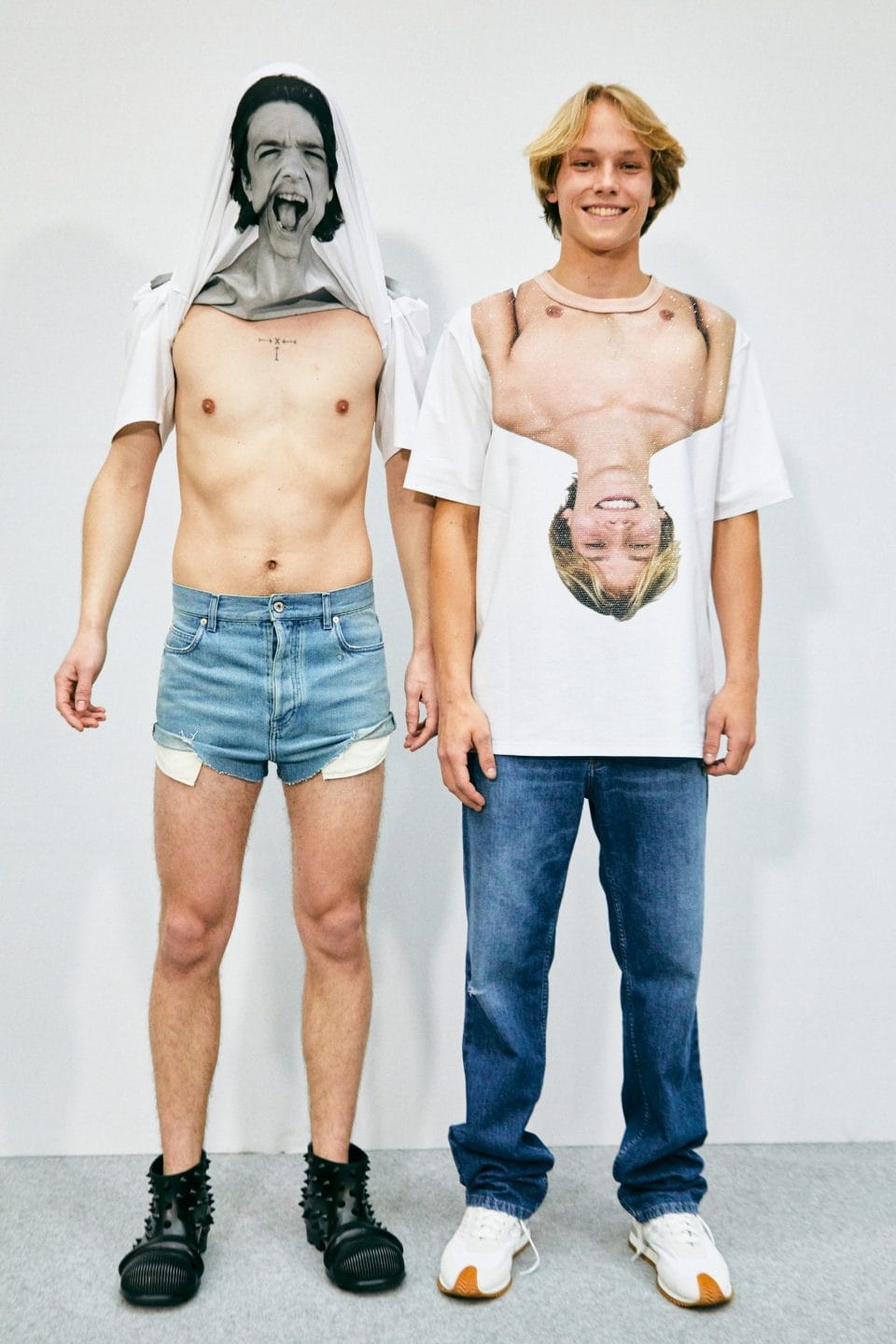
Loewe Fall/Winter 2022 menswear backstage
Yap adds that she “stopped reading trend reports a long time ago.”
“I think they can be fun to read from an aesthetic point of view,” she continues, “but I don’t think they offer any valuable or accurate insight into what the fashion industry is concerned with at any given time. As someone who has had to compile trend reports before, I find it hard to see them as anything more than an exercise in identifying aesthetic similarities across multiple brands. I do wonder who trend reports are targeted at, given that personal style has become more autonomous than ever.”
“Fashion journalism has always been a fascinating way to communicate and unpack a designer’s vision. I still find myself very drawn to designer interviews that dive deep into the ideas, concepts, and processes behind their collections. I would love to see more rigorous and intimate coverage of designers and their work because I think that is one way that we can start to think about fashion as more than just a material thing to consume, but something to appreciate and learn through.”
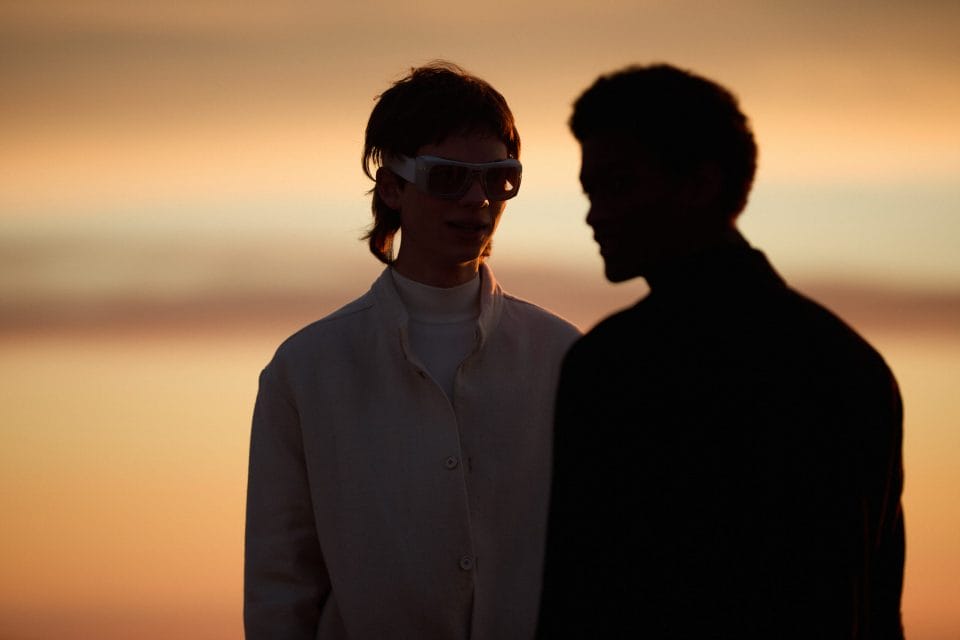
Zegna Fall/Winter 2022
“Beyond that, I think we’re long overdue for critical fashion journalism—it urgently needs to move past trend reportage, especially given our heightened awareness of fashion’s damaging environmental and human impact. This goes beyond spotlighting ‘sustainable’ design practices and necessitates posing difficult questions that move the industry towards amore humane system.”What can we learn from the new generation’s rendering of the future?
At this point — where the distinction between new trends and the speed at which it changes have crippled our perceptions of what we see, and what we are told to see — could stories such as trend reports offer a glimpse into a critical understanding of fashion’s current inkling? To understand how much could evolve, Nila insists that “one thing (we should ) note about fashion today is the speed at which information is disseminated; they are instant,” says Nila.
“I think with fashion, especially publications, how they tend to frame these trends are based on the relevance and how popular it is, and that’s not how I see them anymore.
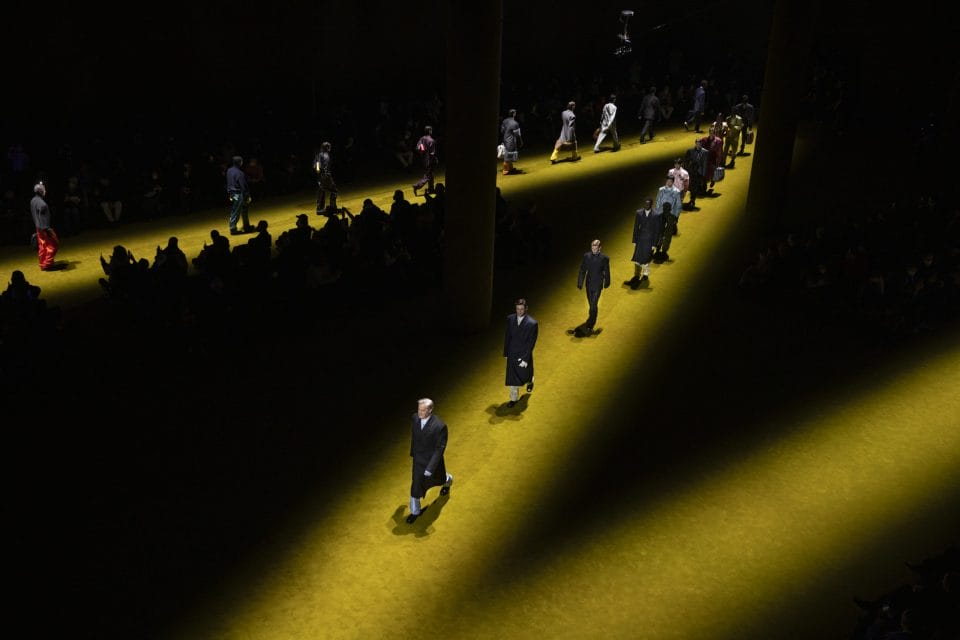
Prada Fall/Winter 2022 menswear finale
“So in that sense, I wouldn’t go as far to say trend reporting is passé, but I think it’s the way people report on trends that is passé; because ‘trend’ is just a tool. If something is interesting, engaging, and digestible, it will always reach out to other people, because that’s how people receive it. And the problem with a lot of magazines is that you have a lot of editorial commitments that you have to provide, and sometimes the product is not great, sometimes you have to just ‘do’ and therefore people will not be convinced, because you can’t even convince yourself. I think there should be a lot more integrity to a fashion magazine, instead of being told all the time what to feature. You need to have a perspective, and an eye, so that it does not feel like you’re just doing it for the sake of the editorial commitments.”
”What should we do with trends in magazines then? Should we try to make it critical by deconstructing the shows — to provide an insight solely based on the designers’ intentions, rather than a collective observation? Or should we get rid of trends in magazines all together? Might trend reports disappear as decisively as it once appeared? The irony remains in the latter— as this entire discourse on whether trends are dead is a trend in itself. Perhaps one should ask themselves with a simple deduction: when was the last time you bought something because a magazine told you to?
If one is unable to find an answer, then perhaps we should ask ourselves: Is it the end of trends?
Once you’re done with this story on the state of fashion trends today, click here to catch up with our September 2022 issue.

